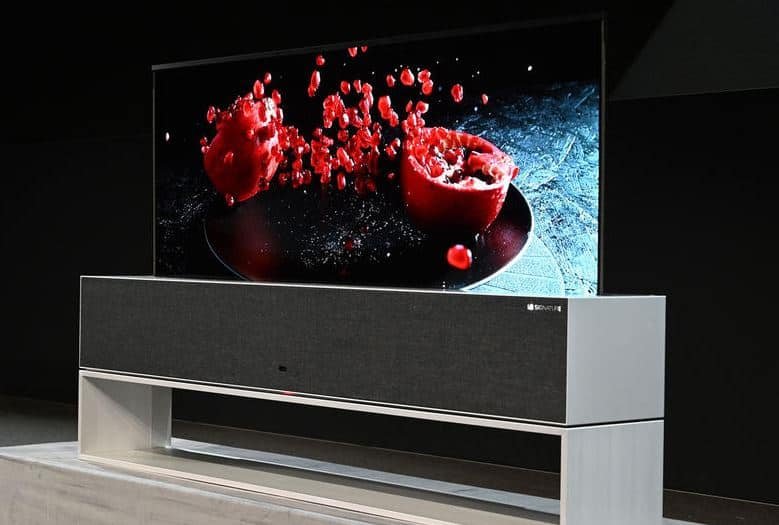Next, we will make a comparison between AMOLED vs OLED vs LED vs QLED: which is better, and what are the main differences between these screens? You will find the answer below. Undoubtedly, this information will help you choose your TV. You will answer questions such as whether Roku TV screens or any other brand are good.
LED screens
As its name indicates, LED screens are made up of small LEDs that together are capable of forming images. As you can imagine, televisions or LED screens contain a large number of LEDs. They are characterized by offering an image of vibrant colors, usually more prominent than that of LCD televisions. They also generate problems such as tearing on the screen.
Regarding its operation, the LED technology panels have a large number of white LEDs, which are responsible for illuminating the pixels. This has a great disadvantage, that the blacks never become that deep since the white illumination is always present at the back to illuminate and give the image shown on the screen.
This technology, although cheaper, presents some problems (beyond the one mentioned before in relation to blacks). One detail to consider is that these panels have reduced viewing angles. In other words, you have to see them from the front to get a prominent image.
OLED displays
It is a substantially more expensive technology than LED. However, OLED offers in most cases a much more prominent image. This is largely due to the operation applied to this type of panel.
OLED panels do not have a system of white LEDs that illuminate a rear panel as in LED TV screens/Monitors. In fact, they only have a row of LEDs, which is responsible for showing us the image. In other words, it is the LEDs themselves that show us the image. This clearly has a few advantages.
The main and great advantage that OLED panels have is that each LED can be turned on and off individually. This change, although it seems subtle, greatly helps the image quality and mainly creates deep blacks, since the pixel is completely turned off.
QLED screens
QLED technology is a variation of LED technology. Unlike the previous one, the handling of colors is different. In this case, we have the so-called quantum dots, which are what control the colors in these panels.
Certainly, the general process is somewhat complicated to explain, but these televisions tend to have a higher color quality than LEDs. However, on certain occasions, these colors can be so vibrant that they appear unnatural.
AMOLED screens
Mobile technology is so advanced that there are even screens with 90 Hz or 120 Hz, we also have technologies such as AMOLED. AMOLED, refers to a variation of OLED technology, in fact, it is practically the same but focused on the world of cell phones. The technology was patented by Samsung and therefore it is very common to see it in their superior devices.
Either way, it’s fair to point out again that AMOLED is the same as OLED. Therefore, it has the advantages and disadvantages of this technology, only this time it focuses on cell phones.
In any case, for mobiles, this screen is usually highly recommended. As we noted earlier, you can create rich blacks by turning off the pixels completely, something that in addition to image quality can also help with battery life. AMOLED displays keep their colors vivid even when the glass is broken.

